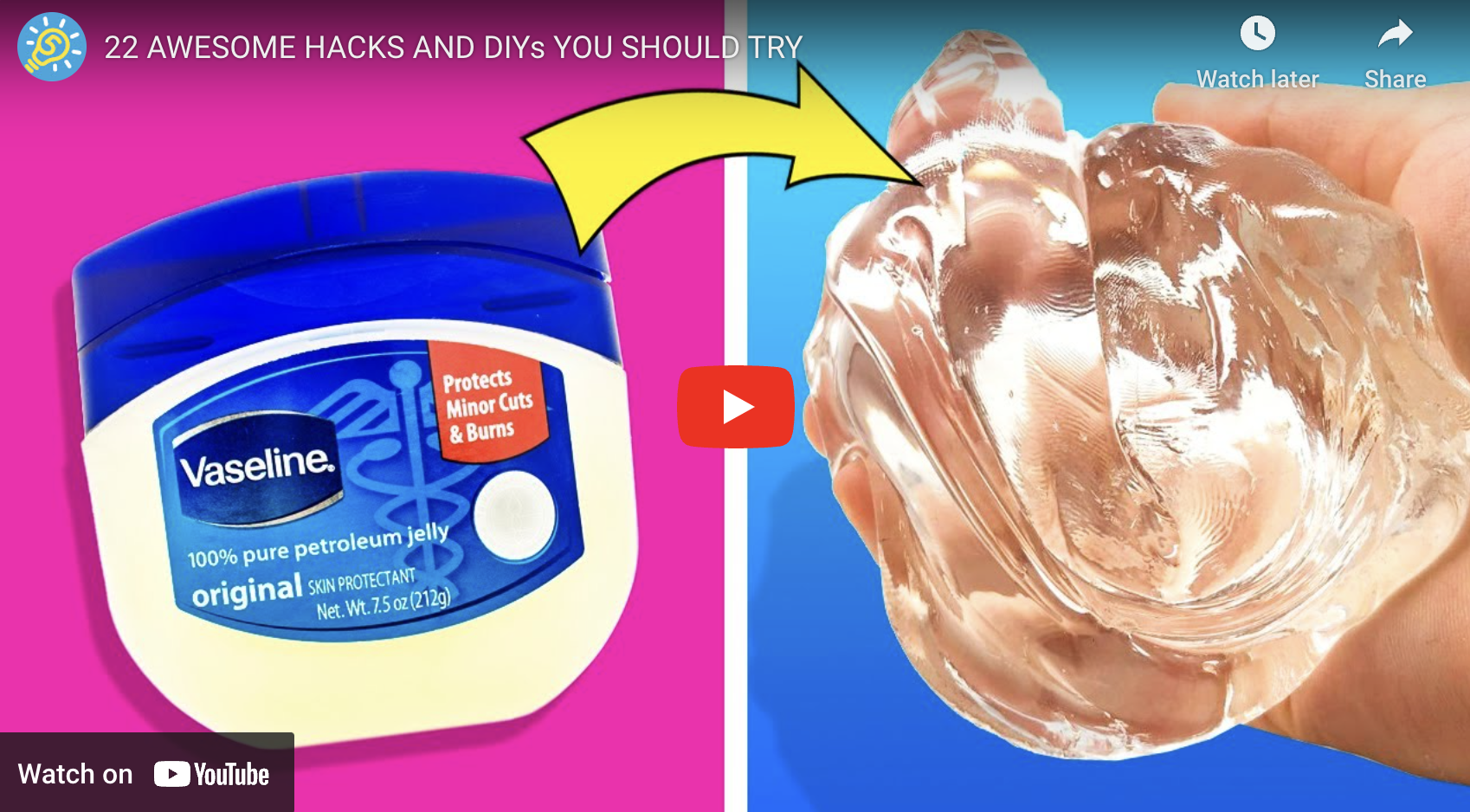Have you ever woken up on a cold winter morning to find that the windows in your home are frosted on the inside? If so, you’re not alone. Many homeowners experience this phenomenon, especially during the colder months of the year. But why does this happen, and what can you do about it? In this article, we’ll explore the reasons behind frosted windows, as well as some do-it-yourself solutions to help prevent and fix the issue.
Why Are My Windows Frosted On The Inside?
There are a few reasons why your windows may be frosted on the inside. One common cause is high humidity levels in your home. When warm, moist air comes into contact with a cold surface (like a window pane), it can condense and freeze, creating frost. This is why you often see frosted windows in bathrooms and kitchens, where steam from showers and cooking can increase humidity levels.
Another possible cause of frosted windows is poor insulation. If your windows are old or drafty, cold air from outside can seep in and cause condensation to form on the glass. This can not only lead to frost, but also to mold and mildew growth if left unchecked.
Additionally, if your home is poorly ventilated, excess moisture in the air can become trapped indoors, leading to higher humidity levels and, ultimately, frosted windows. This is why it’s important to ensure that your home has proper ventilation to allow moisture to escape.
Do-It-Yourself Solutions
If you’re dealing with frosted windows in your home, there are a few do-it-yourself solutions you can try to help alleviate the issue. One option is to use a dehumidifier to remove excess moisture from the air. By lowering the humidity levels in your home, you can help prevent condensation from forming on your windows.
Another solution is to improve the insulation around your windows. You can do this by adding weather stripping or caulking around the window frames to seal any gaps and prevent cold air from seeping in. You can also consider installing storm windows or thermal curtains to help insulate your windows and keep the cold air out.
If your windows are already frosted, you can try using a hairdryer to gently melt the frost away. Just be sure to use the lowest heat setting to avoid damaging the glass. Once the frost has melted, use a squeegee or paper towel to wipe away the excess moisture.
7 Interesting Trends
1. Smart Windows: With the rise of smart home technology, smart windows are becoming increasingly popular. These windows can automatically adjust their tint or opacity to control the amount of light and heat entering your home, helping to prevent frost and condensation.
2. Energy-Efficient Windows: Many homeowners are opting for energy-efficient windows, which are designed to keep out cold air and retain heat. These windows can help reduce the likelihood of frost forming on the inside of your windows.
3. DIY Window Insulation Kits: DIY window insulation kits are an affordable and easy way to improve the insulation around your windows. These kits typically include plastic film that you can apply to your windows to create an air-tight seal and prevent cold air from entering.
4. Window Condensation Sensors: Some homeowners are installing window condensation sensors, which can detect high humidity levels and automatically activate ventilation systems to help prevent condensation and frost from forming on windows.
5. Natural Ventilation Methods: To help reduce humidity levels in your home, some homeowners are turning to natural ventilation methods, such as opening windows and using fans to circulate air. This can help prevent condensation and frost from forming on your windows.
6. Window Treatments: Using window treatments like blinds, shades, or curtains can help insulate your windows and prevent heat loss, reducing the likelihood of frost forming on the inside of your windows.
7. Professional Window Inspections: Many homeowners are opting to have their windows professionally inspected to identify any issues with insulation or ventilation that may be contributing to frost formation. A professional window inspection can help pinpoint the root cause of the problem and recommend the best solutions.
Common Concerns and Answers
1. Concern: Will frosted windows damage my windows?
Answer: While frost itself is not likely to damage your windows, prolonged exposure to moisture and condensation can lead to mold and mildew growth, which can cause damage over time. It’s important to address the root cause of the frost to prevent any potential damage to your windows.
2. Concern: Can I prevent frost on my windows without replacing them?
Answer: Yes, there are several steps you can take to prevent frost on your windows without replacing them, such as using a dehumidifier, improving insulation, and using window treatments to help insulate your windows.
3. Concern: Will using a hairdryer to melt frost damage my windows?
Answer: Using a hairdryer on the lowest heat setting should not damage your windows. Just be sure to use caution and avoid applying too much heat to prevent any potential damage.
4. Concern: How can I tell if my windows are poorly insulated?
Answer: Signs of poor window insulation can include drafts, condensation, and frost forming on the inside of your windows. If you notice any of these signs, it may be time to improve the insulation around your windows.
5. Concern: Can I install storm windows myself to help prevent frost?
Answer: While installing storm windows can help improve insulation and prevent frost, it’s best to consult with a professional to ensure they are installed correctly and effectively.
6. Concern: Will using a dehumidifier help prevent frost on my windows?
Answer: Yes, using a dehumidifier can help remove excess moisture from the air, reducing humidity levels and preventing condensation and frost from forming on your windows.
7. Concern: How can I improve ventilation in my home to prevent frost?
Answer: To improve ventilation, you can open windows, use exhaust fans in bathrooms and kitchens, and ensure that air vents are clear and unobstructed to allow moisture to escape.
8. Concern: Will using thermal curtains help prevent frost on my windows?
Answer: Yes, using thermal curtains can help insulate your windows and prevent heat loss, reducing the likelihood of frost forming on the inside of your windows.
9. Concern: Should I replace my windows if they are constantly frosted?
Answer: Before considering replacing your windows, it’s best to address the root cause of the frost, such as poor insulation or high humidity levels. Once you’ve addressed these issues, you may find that replacing your windows is not necessary.
10. Concern: Can I use a space heater to prevent frost on my windows?
Answer: While a space heater can help warm up a room and prevent frost, it’s important to use caution and follow safety guidelines to prevent any potential fire hazards.
11. Concern: Will using a humidifier help prevent frost on my windows?
Answer: Using a humidifier can actually increase humidity levels in your home, leading to more condensation and frost on your windows. It’s best to use a dehumidifier to remove excess moisture from the air.
12. Concern: Can I use weather stripping to improve insulation around my windows?
Answer: Yes, weather stripping is a cost-effective and easy way to improve insulation around your windows. By sealing any gaps and cracks, you can help prevent cold air from seeping in and causing frost.
13. Concern: Will cleaning my windows help prevent frost?
Answer: While keeping your windows clean can improve visibility, it will not necessarily prevent frost from forming. It’s important to address the root cause of the frost, such as poor insulation or high humidity levels.
14. Concern: Can I prevent frost on my windows by using a fan?
Answer: Using a fan to circulate air can help improve ventilation and reduce humidity levels in your home, which can help prevent condensation and frost from forming on your windows.
In conclusion, frosted windows can be a common issue for homeowners, especially during the colder months. By understanding the reasons behind frosted windows and taking proactive steps to improve insulation and ventilation in your home, you can help prevent and fix the issue. Whether you opt for DIY solutions or seek professional help, addressing the root cause of the frost is key to keeping your windows clear and your home comfortable. So don’t let frosted windows cloud your view – take action today to keep your windows frost-free and your home cozy and inviting.
![[Mom Prepared]](https://momwithaprep.com/wp-content/uploads/2024/12/cropped-momlogo-244x56.png)

